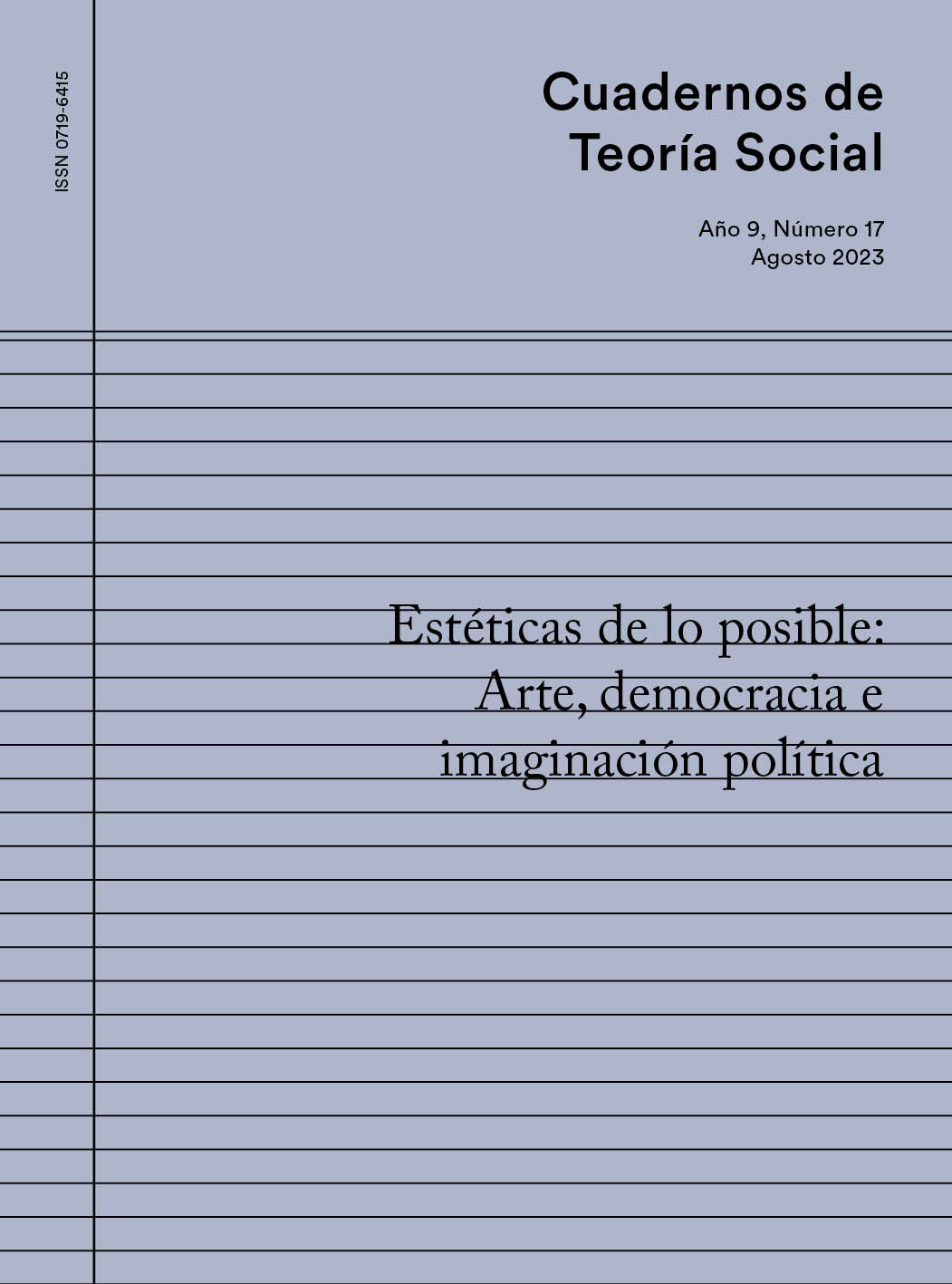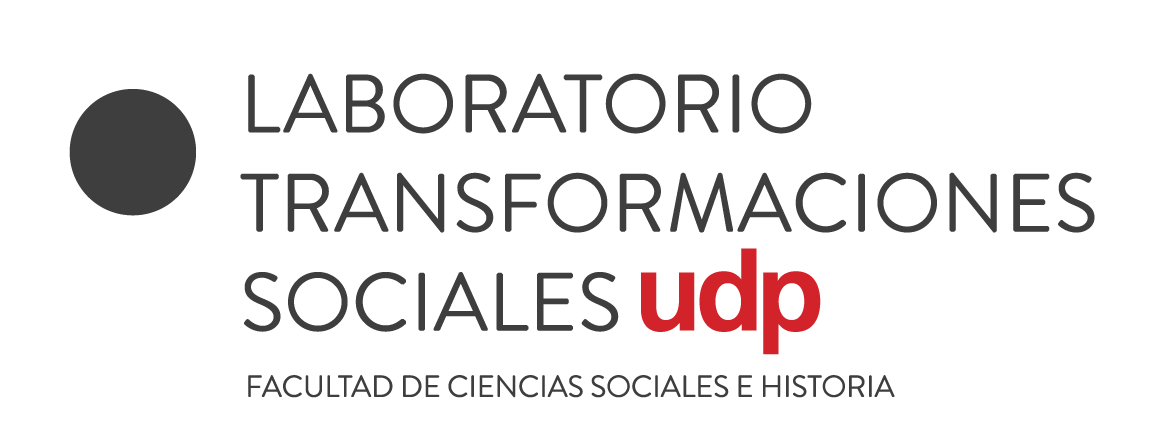The Aesthetic Justice in Human Rights: Fantomas and The Attainable Utopia (a literary approach)
DOI:
https://doi.org/10.32995/0719-64232023v9n17-148Keywords:
De-colonization, Human rights, Juridical language, Aesthetic justiceAbstract
What is the image of justice that comes to mind when thinking about human rights? The Russell Tribunals were civil trials that were initiated for violations of human rights committed by U.S. troops in Vietnam and later for the subjugation of populations by governments in Guatemala, El Salvador, Brazil, Paraguay, Chile, and Honduras, between 1960 and 1990. According to Julio Cortázar, human rights lost all their political significan-ce from the perspective of these Tribunals. They became mere well-inten-tioned rhetoric, relying on legal language for this purpose. The critique of the loss of the essence of human rights comes from literature, comics, and the works of Latin American artists. In particular, Cortázar’s stance through the character Fantomas calls for an image of justice rooted in ethical political action. The works of Latin American artists, such as Carlos Motta and Oscar Murillo, alongside Fantomas’ actions, collectively contribute to achieving this aesthetic image of justice. This is a stance for an aesthetic image of justice outside the realm of legal language; it offers a perspective that is highly relevant for contemporary transformations, which, in the 21st century, position Latin American societies as global leaders in the field of human rights.
Downloads
Published
How to Cite
Issue
Section
License
Copyright (c) 2023 Ricardo Gómez-Punto

This work is licensed under a Creative Commons Attribution-NoDerivatives 4.0 International License.

Este obra está bajo una licencia de Creative Commons Reconocimiento-NoComercial-CompartirIgual 4.0 Internacional.



